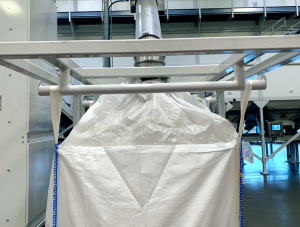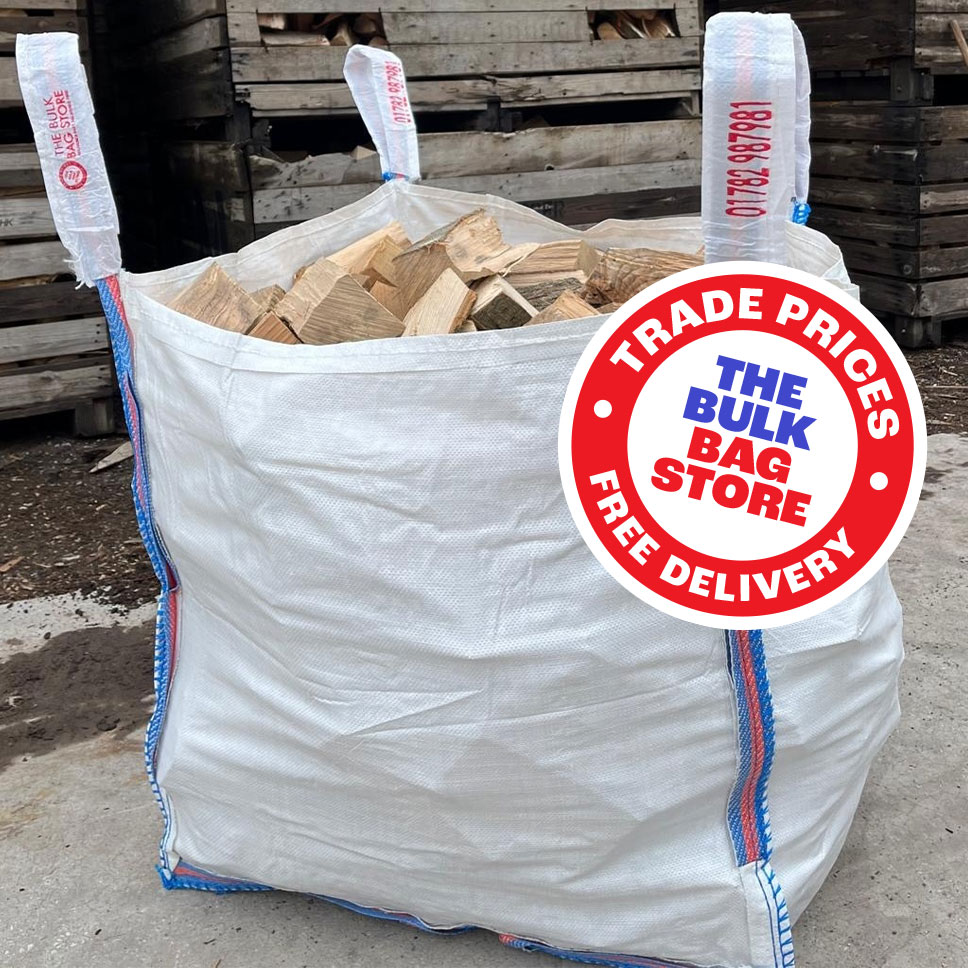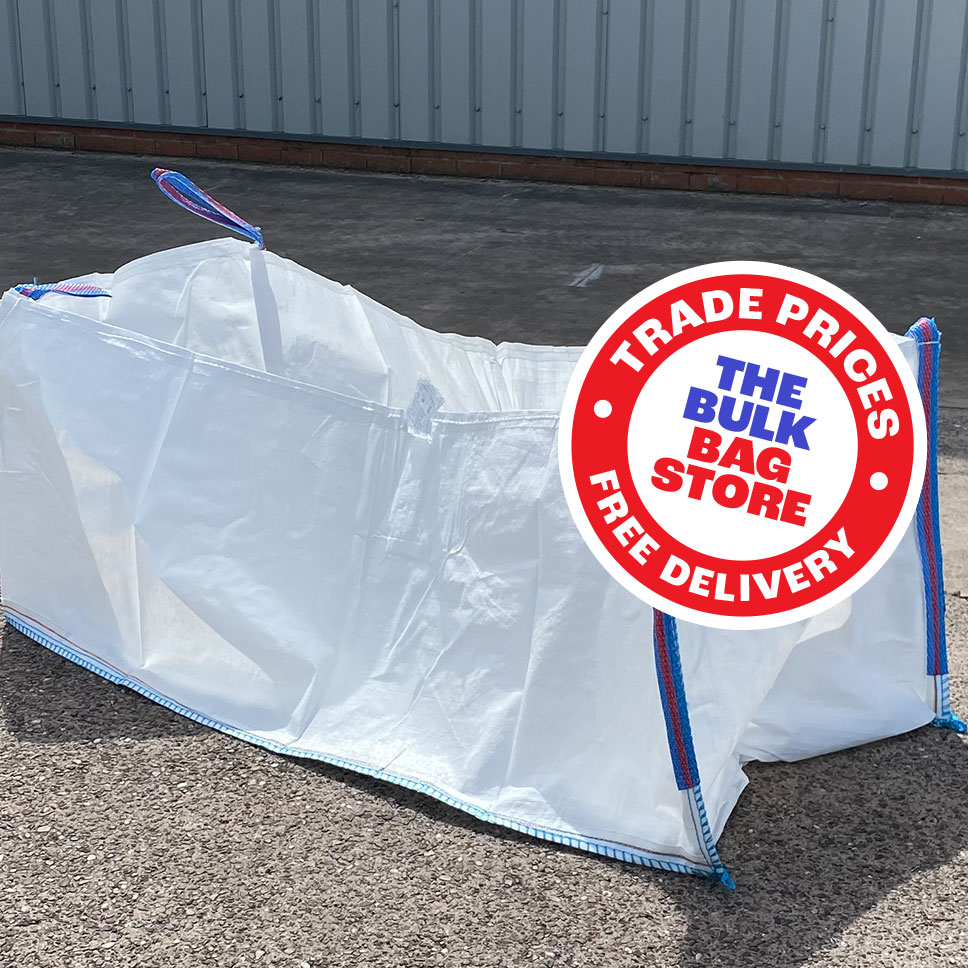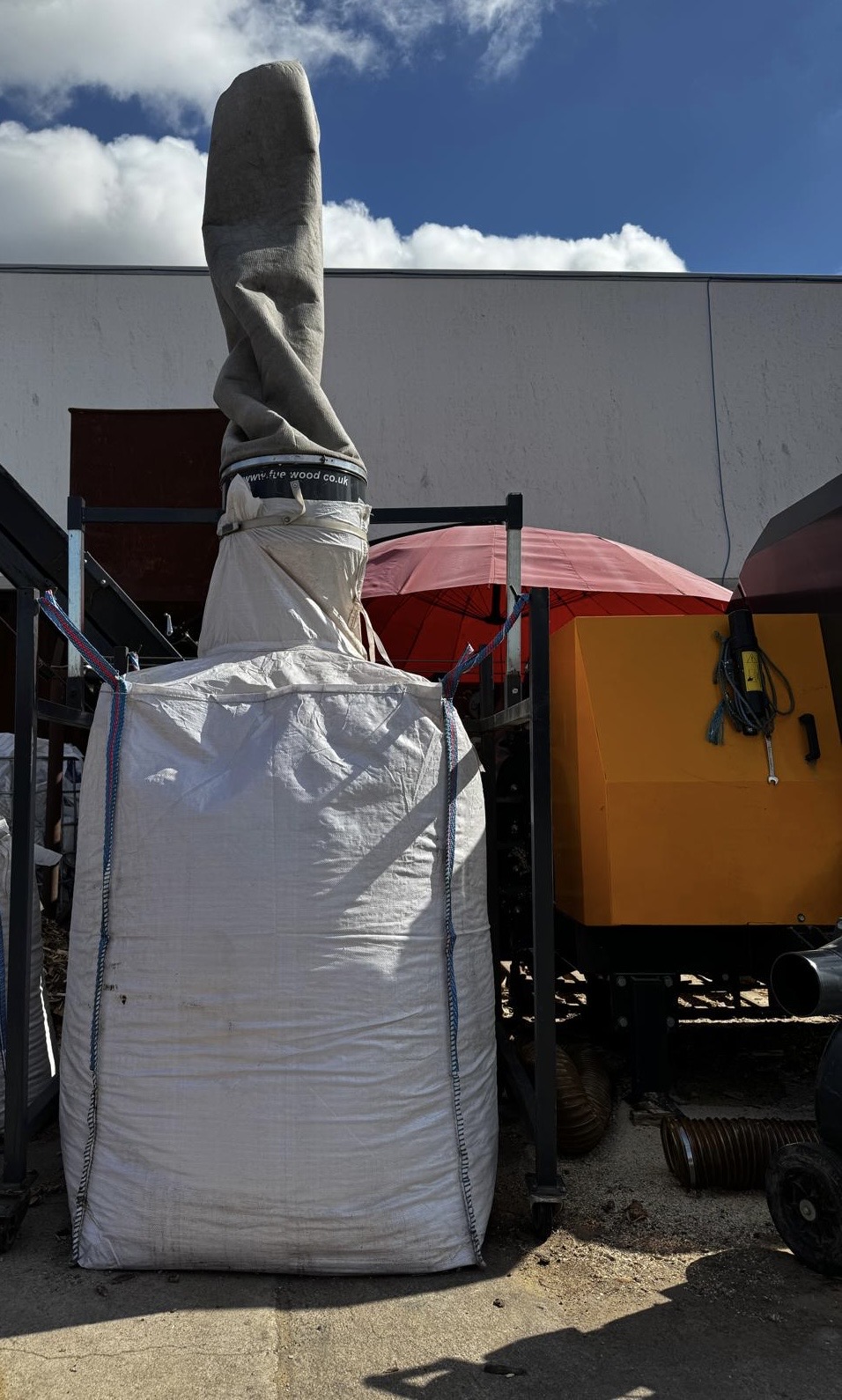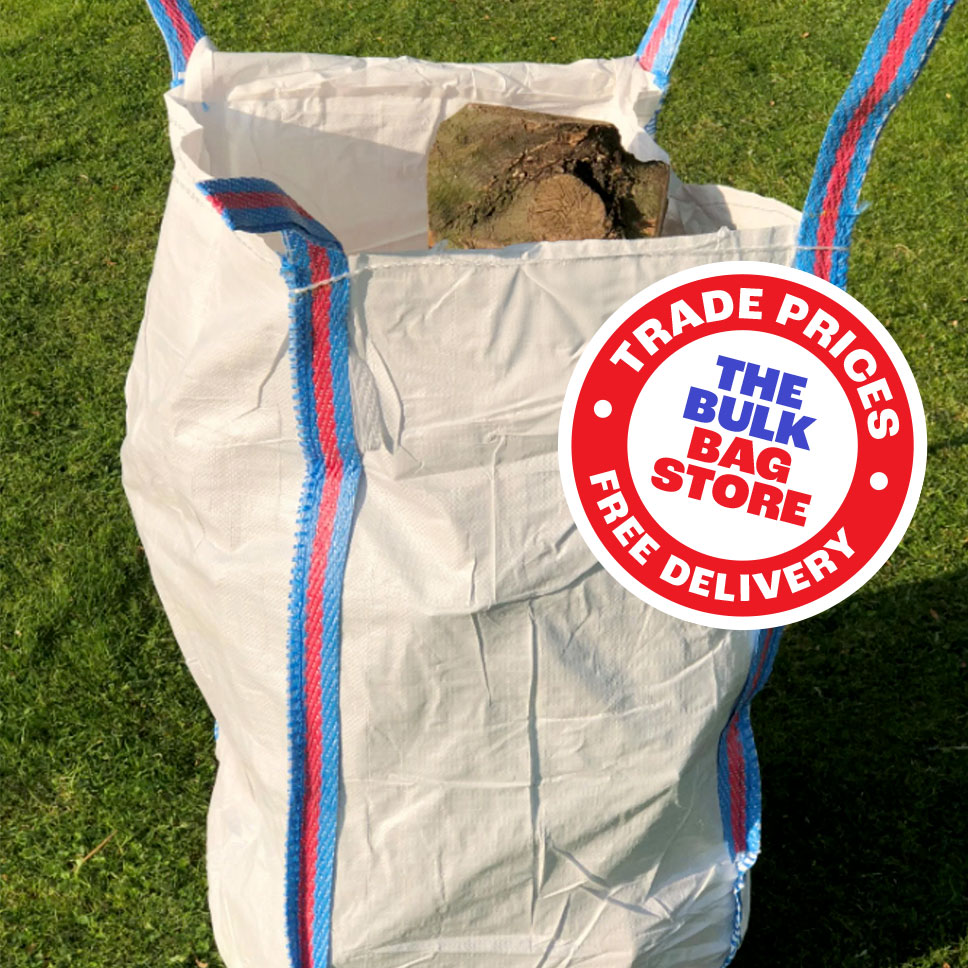How Much Does Packaging Cost?
Whether you’re shipping grain, rubble or anything else, your packaging costs can quickly add up – so knowing what’s involved is key.
Here’s our quick guide:
What affects your packaging costs?
The materials you use usually play the biggest part. Different options vary depending on the strength, durability and finish you’re after:
- Folding cartons: cost-effective and widely used.
- Mailer boxes: versatile for e-commerce, but vary massively in price
- Corrugated packaging: stronger and more durable.
- Rigid boxes: give you a premium look but are more expensive than others.
- Bulk bags (FIBCs): a cost-effective option for construction and agriculture.
You’ll also need to think about:
- Design complexity: Custom packaging with branding, printing, or die-cut shapes will raise your unit cost. Simpler designs are often your most cost-effective option.
- Order volume: Larger orders lower the unit cost by spreading your fixed costs over more units.
- Sustainable packaging: Using eco-friendly materials like recycled paper or lightweight plastics can increase your upfront costs – but can be great for improving your brand reputation.
- Packaging strategy: Choosing the right combination of packaging types and materials will make a big difference to your costs and efficiency.
Hidden and extra costs
The total cost is often higher than the great price you first see… Watch out for things like:
- Warehousing and storage fees
- Setup charges for custom boxes or foil stamping
- Labour and assembly in the production process
- Shipping costs for heavy or oversized packages
How to work out your per unit cost
To calculate your per-unit price, add up all your packaging expenses (materials, labour, shipping and warehousing) and divide it by the number of units you’ve ordered. This’ll give you a clear unit cost – and help protect your margins.
How to reduce your costs (without compromising quality)
You can make great savings by going for the smarter packaging solutions:
- Simplify your designs: Cutting out unnecessary complexity lowers your costs while still protecting your product safety.
- Optimise your material usage: Right-sized packaging cuts your waste, reduces shipping costs – and lowers your carbon footprint.
- Buy in bulk: Larger orders reduce your unit prices and give you better stock stability.
- Work closely with your suppliers: Strong relationships will help you find ways to reduce your costs and get tailored solutions.
- Choose sustainable packaging wisely: Eco-friendly materials can be a long-term investment that helps both your brand image and your customer satisfaction.
Want to cut your expenses without losing quality?
Learn more: Food Waste Made Into Sustainable Industrial Packaging


